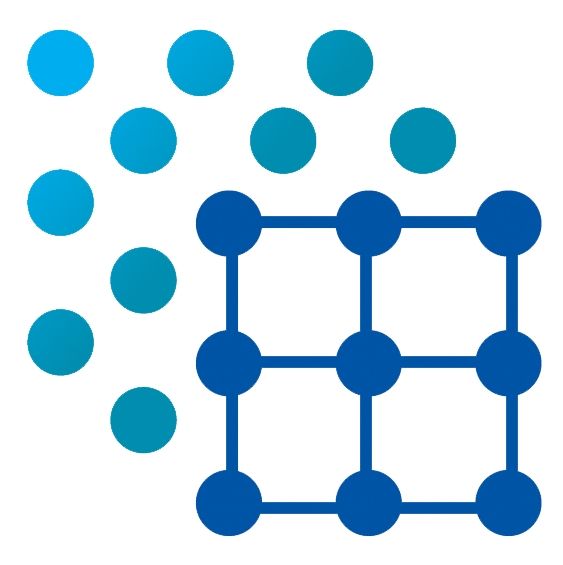It’s easy to forget how much of our scientific work hinges upon comparative data. The entire field of metrology is concerned with the verification and maintenance of “standard reference materials” (SRMs). Creating a perfect reference standard essentially involves proving a negative. In the XRD world, we need to prove that there are no impurities, no crystalline defects, no unaccounted for thermal variations, no stress/strain effects present, and above all, that the first unit produced is effectively identical to the last
- 5998 Brookstone Ct Aubrey, TX 76227Monday-Friday: 9am to 5pm Central TimeSaturday / Sunday: By appointment only+1 (940) 453-8786KSA@KSAnalytical.com


